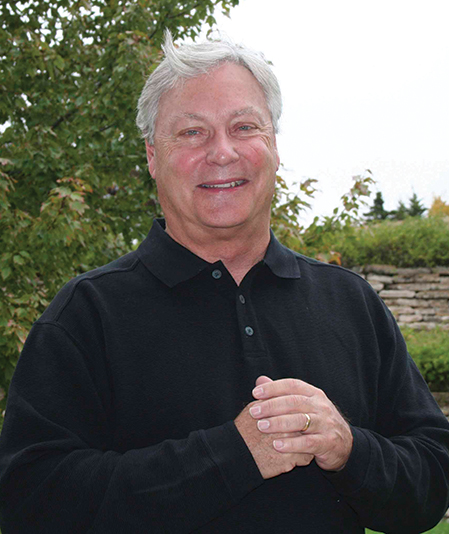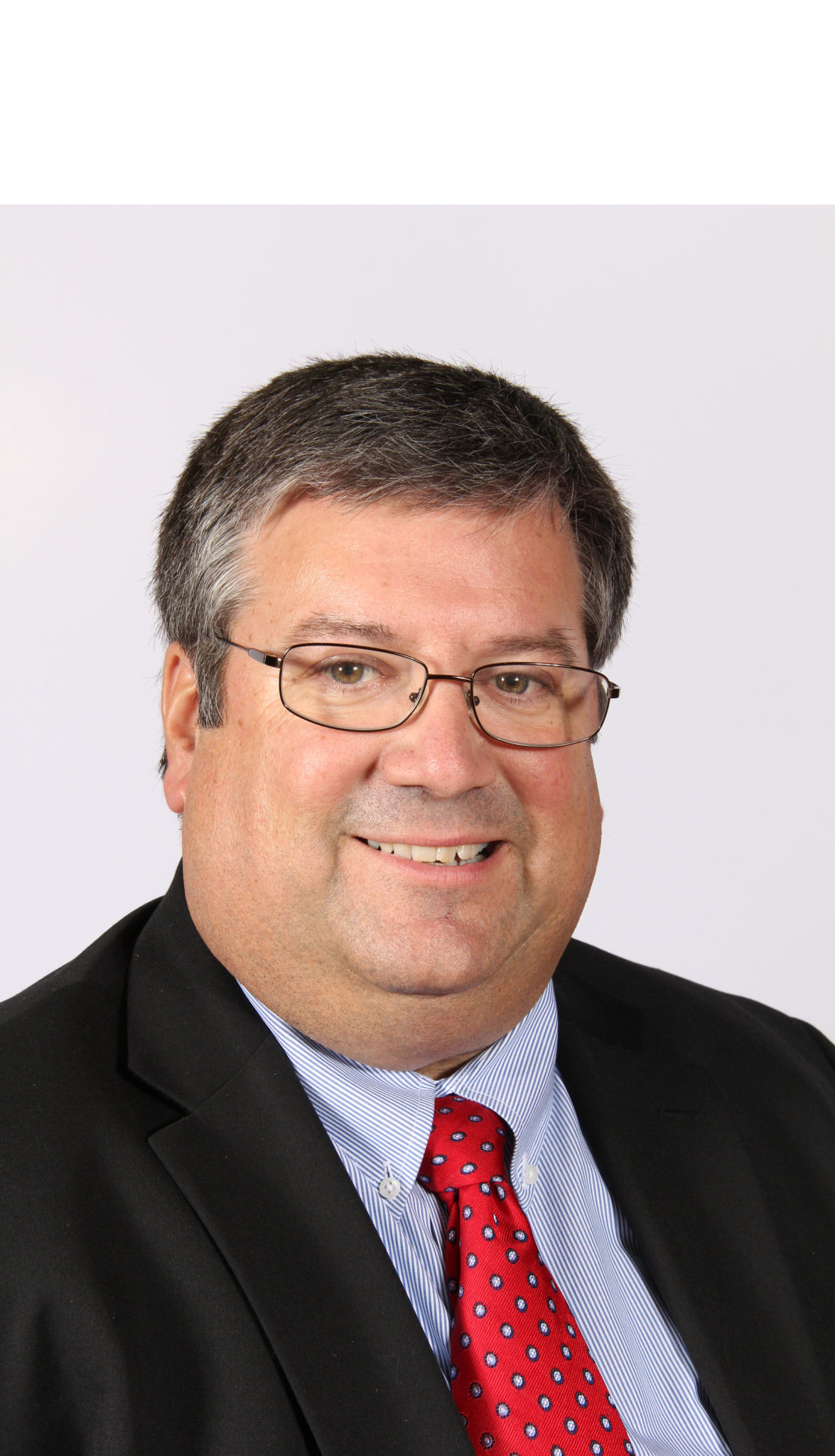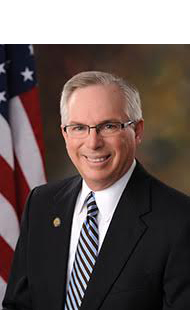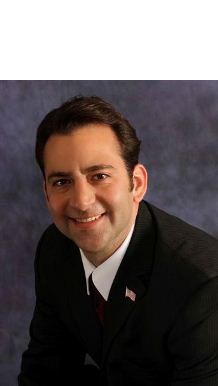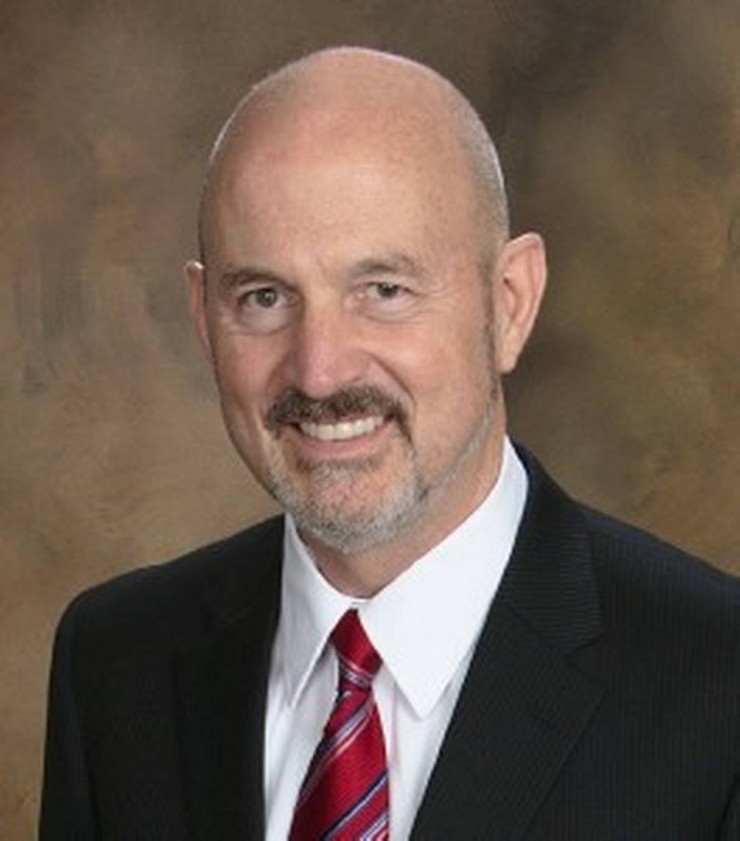MEMO TO: Senators Moran and Roberts; Representatives Jenkins, Marshall, and Yoder
As Donald Trump is sworn in as the 45th U.S. President, you and all your congressional colleagues have a solemn obligation to support your co-equal branch of government.
Above all else, this means using your independent judgment, protecting the Constitution, and working to enhance the security and well-being of all Americans.

In this highly partisan – even tribal – age, as Republican legislators you bear a special responsibility, given unified GOP control of the federal government. This would be true, no matter the president, but your burden is particularly great with the inexperienced and erratic Donald Trump.
So, I urge you to do your duty as you engage with the president and his administration. You need not abandon your conservative, Republican principles, but you must protect the Congress, your constituents, and the American people, especially on the following:
First, U.S. – Russian relations. Allow – even encourage – investigations to go forward as to the Russian involvement in American elections. Be skeptical of agreements that Trump and Russian president Putin might reach. Make sure that all relevant agencies, from State to Defense to Commerce are completely involved in negotiations. Remember Ronald Reagan’s great line, “Trust, but verify.” And think twice before trusting.
Second, fully support the U.S. Constitution, most notably with regard to freedom of speech, freedom of the press, free exercise of religion, and the emoluments clause that prohibits all elected officials from benefiting from foreign gifts or payments. This last issue is difficult, given the lack of constitutional precedent. I implore you to think as the late Justice Scalia might have, harking back to the framers’ real fear of foreign involvement in our politics. Do not naively believe Donald Trump’s promises or take this issue lightly. The very independence of the nation is at stake.
Third, health care. You have all vigorously and relentlessly attacked Obamacare. Fair enough. Now the health care ball is completely in your court. Take your legislative roles seriously and don’t pass a hurried bill that will cast at least 18 million Americans out of the health care system. Nor should you adopt some kind of “fig leaf” legislation that will leave those millions without effective care. Senator Jerry Moran has made a good start here, noting “Health care is so important it ought to have input from all members of Congress, all parts of the country and all constituencies, as compared to just a Republican plan.”
Fourth, the truth. If, or rather when, President Trump lies, call him out rather than remaining silent. You will have many opportunities here. Partisanship and fear of reprisals may hold you back from responding, but you must speak out. A president should not be able to blatantly lie and get away with it. Don’t let him.
Fifth, given your majority status, provide committees the time and resources to work hard on important issues and actually address complex problems like health care and trade, rather than simply adopting ideological positions masquerading as legislation.
Finally, regardless of what President Trump says or tweets, remain civil in your discourse and in how you approach the opposition.
To recycle an overused, but apt, phrase, we are truly in “uncharted waters.” Republicans in the House and Senate are in the position to act responsibly, to seriously oversee this administration’s actions, and to protect the rights of the Congress and their constituents. This is what an independent legislature does.
With your many opportunities come immense responsibilities. The next four years will offer you continual chances to represent all Kansans with independence, integrity, and energy.
For all of us, please rise to meet these daunting tests.
Burdett Loomis is a professor of political science at the University of Kansas.



